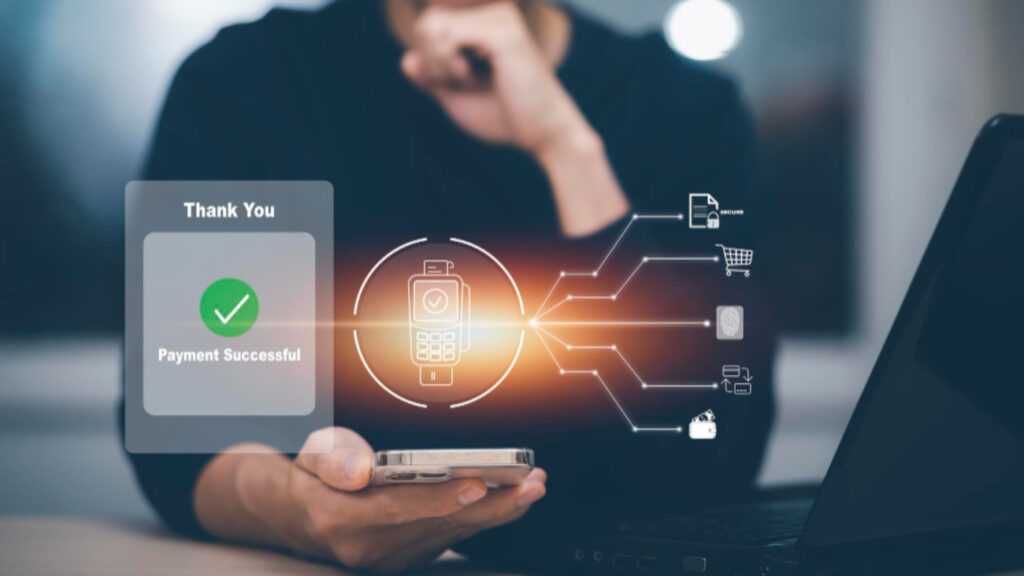Modern banking has seen an explosion of activity online, making convenience an absolute priority for customers stated Bahaa Abdul Hussein. Biometric authentication offers one such secure authentication method. It enables customers to gain entry to their accounts using fingerprints, voice patterns and facial features. It has the potential to revolutionize banking while making transactions faster, safer and more convenient than ever for customers.
Security
As more customers transition to digital banking, the need for robust security measures grows exponentially. Authentication is a cornerstone of online banking security and works to prevent unauthorised access to customer accounts. Biometric authentication systems offer the highest level of protection from fraud. Biometric systems prevent password theft, PIN attacks, username exploits and username theft–common hacking techniques used by hackers. They are unique pieces of biometric data which cannot be replicated or stolen–providing the ultimate defence against compromise.
Convenience
Traditional authentication methods like usernames and passwords can frustrate customers, resulting in them forgetting or misplacing them. Biometric authentication offers a more user-friendly solution by making banking more accessible through minimal effort on the customers’ part. Biometric recognition requires only scans or recognition of physical characteristics to use this method. With reduced password input time, banking becomes easier for everyone, leading to fewer login errors and seamless banking experiences for bank customers and themselves.
Potential Applications
Biometric authentication technology has already found widespread application across various sectors, from healthcare to government and private corporations. Biometric authentication’s adaptability also lends well to banking applications, including retail banking applications. Here are a few ways biometric authentication could be utilized:
Account Access: Biometric authentication can be an excellent alternative to passwords and PINs when banking online. To log in securely, customers could log on using facial recognition, iris scanning or even voice recognition technologies.
ATMs: Biometric authentication would enable customers to withdraw or make deposits using biometric traits instead of PIN numbers.
Loan Approvals: Fingerprint scans could be used to quickly verify an individual’s identity and approve their loan application.
Credit Card Payments: Biometric authentication could replace PIN or signature verification when making point-of-sale (POS) purchases.
Biometric authentication in retail banking presents many unique challenges. Banks must address privacy issues and guarantee that biometric authentication data is stored and used securely. It is while adhering to strict regulations that govern collection, storage, use, and misuse. Lastly, implementation costs could prove prohibitive for smaller banks; as a result, solutions must exist that meet the affordability and scalability needs of all sized institutions.
Conclusion
As online banking continues to flourish, so does its demand for secure and efficient authentication methods. Biometric authentication has become an ideal solution that balances security with convenience. Not only can biometrics prevent fraudsters from accessing accounts, but it also enables customers to easily log in without cumbersome passwords or PINs. Truly biometric authentication is poised to become the future of banking as security concerns increase with each online transaction. We should expect biometric authentication systems to become an increasing part of retail banking systems.
The blog is authored by Bahaa Abdul Hussein and is published by the editorial board of Fintek Diary. For more information, please visit www.fintekdiary.com








